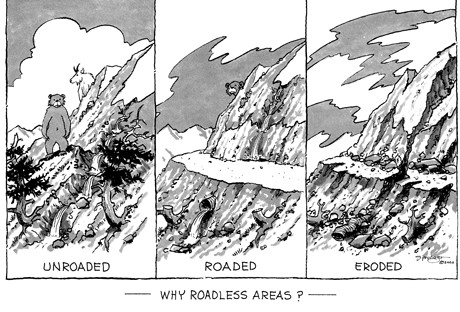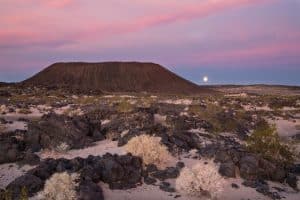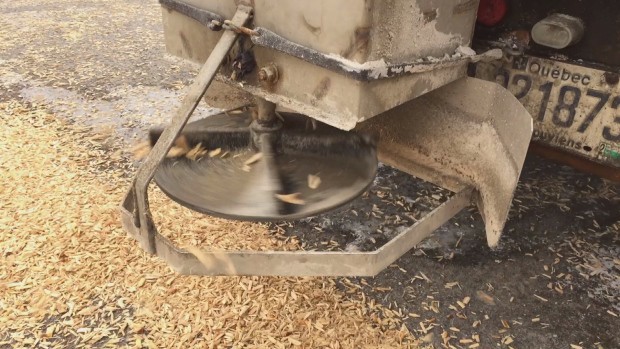The Swan View Coalition put together the following blog post, which includes links to a bunch of official objections filed on the Flathead National Forest’s revised forest plan (including one from my organization, the WildWest Institute).
Conservation groups wanting better protection for fish and wildlife in the Northern Rockies filed Objections to the revised Flathead Forest Plan and Amendments to four other Forest Plans in the Northern Continental Divide Ecosystem.
The plan revision and amendments are intended to pave the way for delisting of threatened grizzly bear in the NCDE, which would remove their Endangered Species Act protection.
The groups launched a letter writing campaign in 2016. This resulted in 98% of the 33,744 comments the Forest Service received on its Draft Environmental Impact Statement calling for protection of all remaining roadless lands as wilderness and continuation of the road decommissioning program that agencies credit with improving grizzly bear security and helping restore critical bull trout watersheds.
The revised Flathead Forest Plan instead abandons its road decommissioning program and recommends for wilderness designation only 30% of the areas it found suitable for wilderness. The Kootenai, Lolo, Lewis and Clark, and Helena Forest Plans would similarly be amended to abandon road removal as a primary means to restore fish and wildlife habitat that has been damaged.
The groups rallied around the principles of the Citizen reVision alternative Swan View Coalition and Friends of the Wild Swan asked the Forest Service to include in its DEIS. The DEIS included some of these principles in its Alternative C, which it then assigned the highest marks for maintaining water quality and wildlife habitat connectivity. The FEIS and revised Flathead Forest Plan, however, select Alternative B-modified even though it is assigned “the highest risk of impact to aquatic species” and “is likely to adversely affect” already threatened grizzly bear, bull trout, and Canada lynx!
The Objections were due at Forest Service Region One headquarters in Missoula on February 12. The Region now has ten days to “publish a notice of all objections in the applicable newspaper of record and post the notice online.” The Region’s responses to the Objections are due within 90 days, unless it grants itself extensions.
Below are links to some of the Objections filed by groups supporting the principles of the Citizen reVision:
Swan View Coalition Objection and Supplemental Objection.
Friends of the Wild Swan Objection.
Independent Wildlife Consultant Brian Peck Objection.
WildEarth Guardians, Western Watersheds Project and Sierra Club Objection.
Flathead-Lolo-Bitterroot Citizen Task Force, Wilderness Watch, WildWest Institute, Friends of the Bitterroot, Friends of the Rattlesnake, Friends of the Clearwater, Independent Consultant Mike Bader Objection.
Citizens’ Objection filed by WildEarth Guardians on behalf of 4,000+ signors.Montana Chapter Sierra Club Objection.
The 3,000 pages of FEIS, Forest Plan and Forest Plan amendments can be found here.






